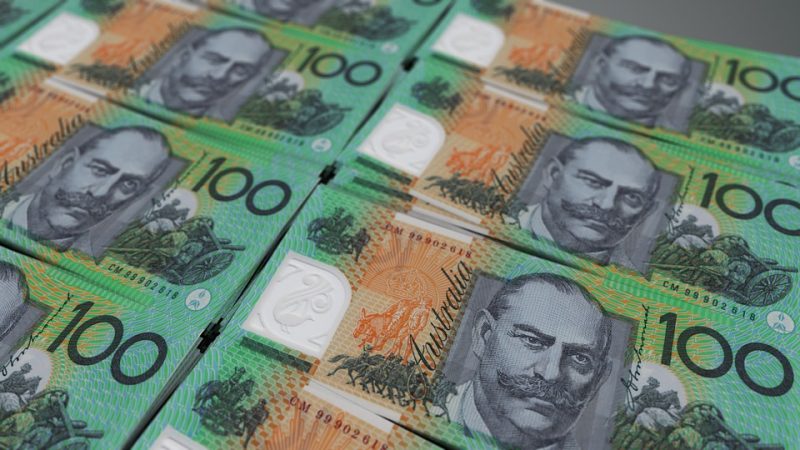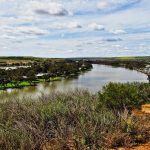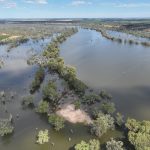The latest Water Market Outlook report from the Australian Bureau of Agricultural and Resource Economics and Sciences (ABARES) indicates that water allocation prices in the southern Murray-Darling are likely to remain high in 2020-21.
“In 2019, rainfall in the Murray-Darling Basin was the lowest on record. These dry conditions have resulted in water allocations in NSW and Victoria being well below average in 2019-20,” ABARES head of farm performance and resource economics David Galeano said.
“Current water prices reflect those low allocation levels with prices across the sMDB in 2019–20 averaging $673 per ML to February 2020.
“While prices are high, the volume of carryover water available has helped to keep prices below the highs of the Millennium Drought in 2007–08 and 2008–09.”
The latest ABARES Water Market Outlook provides a range of possible allocation prices for 2020–21 under wet, average, dry and extreme dry seasonal condition scenarios.
Under the dry and extreme dry scenarios, total water availability in the southern basin in 2019-20 would be below levels observed during the worst of the Millennium Drought, with ABARES estimating average annual water prices of between $735 and $776 per ML.
In the average and wet scenarios, a shift to better seasonal conditions will improve the total volume of water availability, with ABARES estimating average annual water prices of between $293 and $435 per ML.
“While the current Bureau of Meteorology climate outlook suggests an almost equal likelihood of rainfall above or below median levels, it’s important to remember there’s still much uncertainty,” Galeano said.
“Conditions better or worse than the scenarios tested are possible – and hence water prices could be higher or lower than those estimated in our latest outlook.
“A significant determinant driving prices in 2020–21 will be where water is located, compared to where water demand is highest with recent increases in demand for irrigation water in regions below the Barmah choke.
“This along with water trade limits, including the new water trade limits for the Goulburn-Broken catchment, is expected to result in price differences between regions above and below the Barmah choke,” Galeano continued.
ABARES has released the data behind the Water Market Outlook, along with an accompanying dashboard visualisation, allowing users to explore in depth some of the key data underpinning the water trade model.
Are you a Daily Wine News subscriber? If not, click here to join our mailing list. It’s free!





















